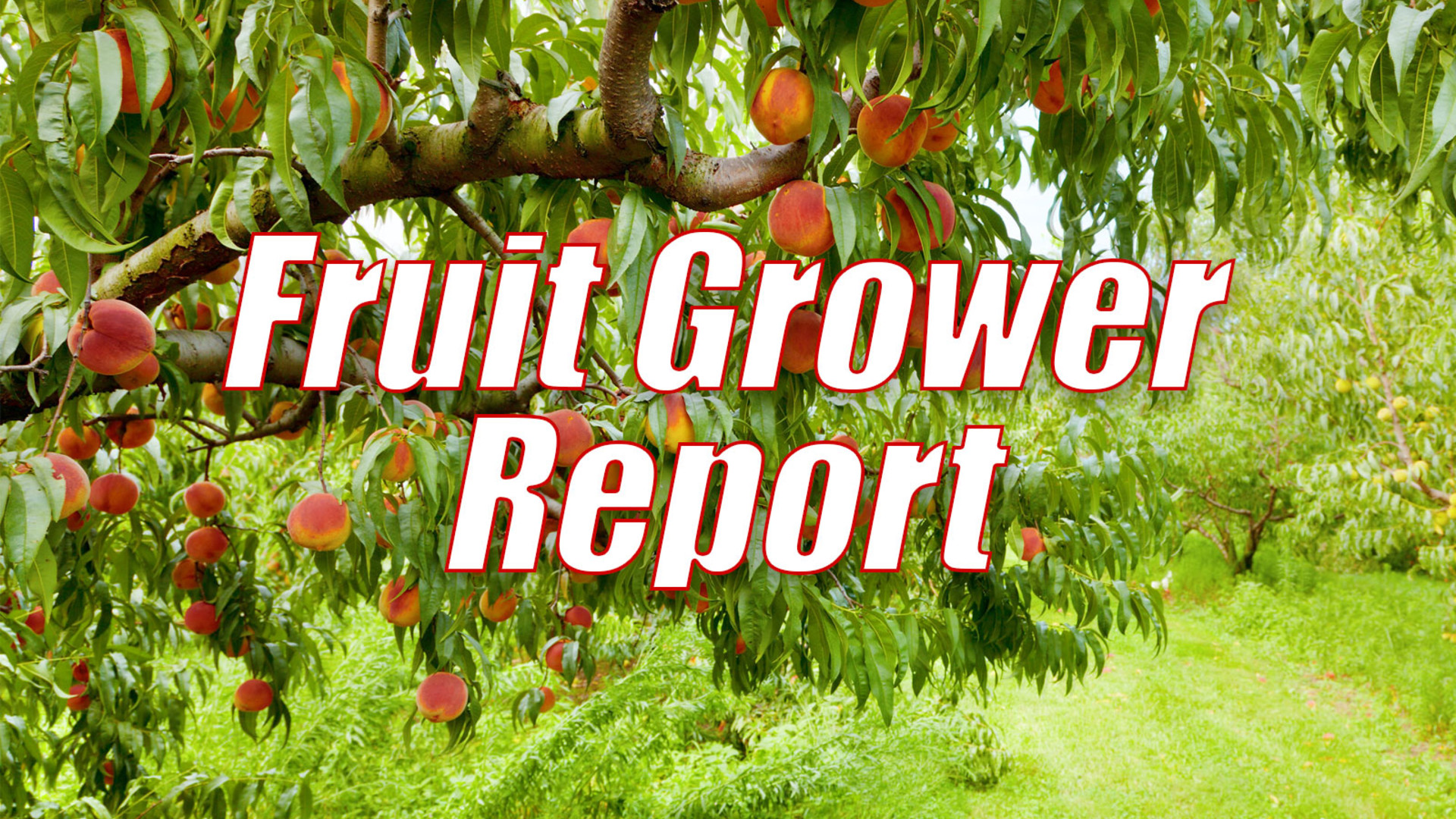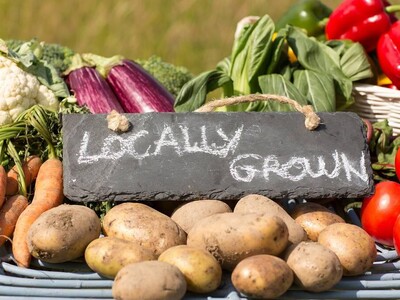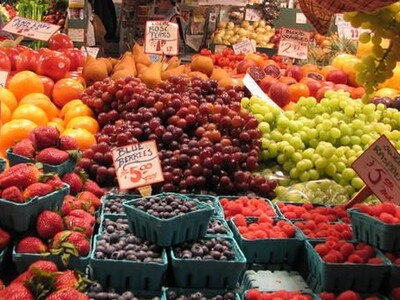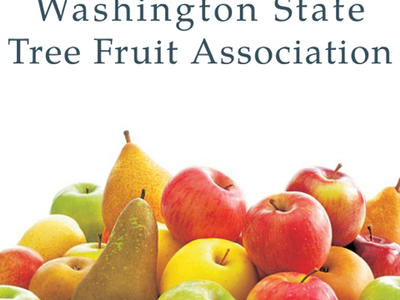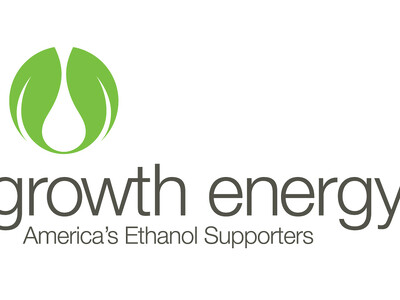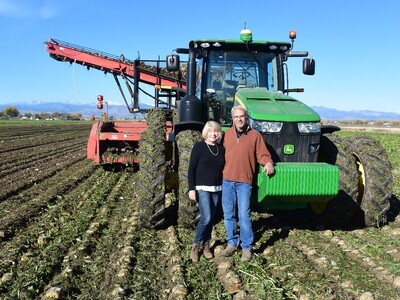More on GA and Cherry Splitting
More on GA and Cherry Splitting. I’m Greg Martin with today’s Fruit Grower Report.
OSU’s Dr. Clive Kaiser recently spoke to a large group of cherry producers regarding the use of gibberellic acid or GA and cherry cracking. Dr. Kaiser discusses work that has been done using GA and cherry trees inside tunnels.
KAISER: The range of trees was between 19 and 44% cracking. Some trees had up to 44% cracking. The average being 26.8% compared to the untreated, zero parts per million gibberellic acid which had 3%. This is a factor of 8 times...more than 8 times the cracking inside the tunnels in the fruit treated with gibberellic acid.
He says the point is pretty clear.
KAISER: Gibberellic acid affects fruit cracking in cherries significantly but it is not because of the rain that’s hitting the surface of the fruit. Under total exclusion conditions inside high grow tunnels, you still get fruit cracking and it’s cultivar dependent. Some cultivars obviously have more. Sweetheart being particularly susceptible to this kind of fruit cracking.
Dr. Kaiser talks about the bottom line.
KAISER: Gibberellic acid has a major confounding effect where soil moisture is saturated. If you have excess moisture in your soils you will end up with induced fruit cracking and significantly more fruit cracking if you use gibberellic acid.
And Dr. Kaiser says that means you really need to control your irrigation.
That’s today’s Fruit Grower Report. I’m Greg Martin on the Ag Information Network.


